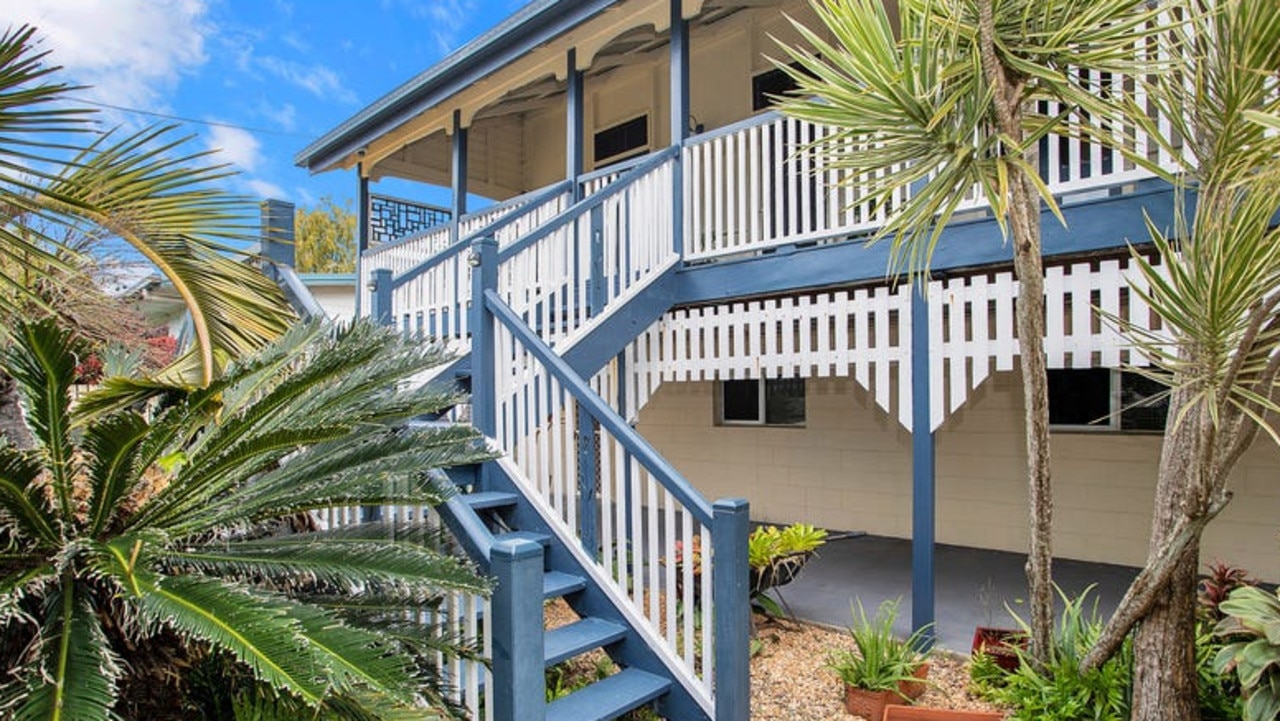‘Too many questions’: A washed up “seaweed” likely killed four dogs, but scientists can’t yet identify it
After their four dogs died the same way, a Grasstree Beach couple may still not have answers as a marine venom expert says the field requires years worth of further research.
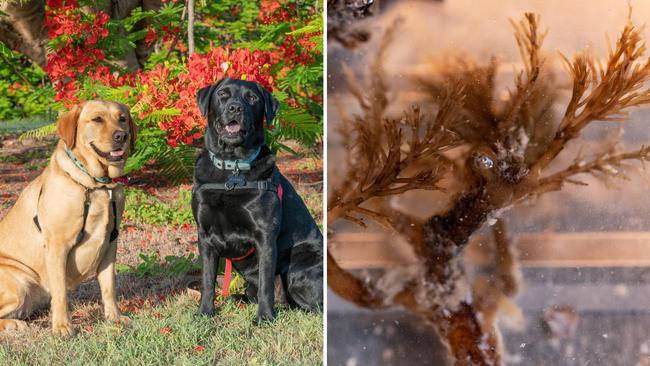
Mackay
Don't miss out on the headlines from Mackay. Followed categories will be added to My News.
An expert on Australia’s venomous marine life says beach material that likely killed four dogs near Mackay “literally could be anything”.
Dr Michela Mitchell has been researching sea anemone venom for nearly two decades and is currently based at the Museum of Tropical Queensland in Townsville.
Without further testing, she said the specific toxins causing the death of Janice and John Terrill’s four labradors at Grasstree Beach may remain a mystery.
“I really can’t speculate because there’s too many questions for me,” Dr Mitchell said.
“It’s a really unfortunate situation.
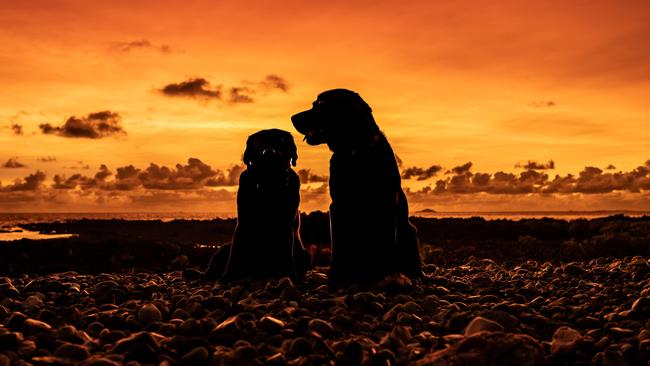
“We are reluctant to identify anything from pictures
“Things certainly can wash up (but) it’s hard to know without seeing or getting a toxicology report.
“That’s science right; we go to answer one question and end up with 50 other questions.”
Marine material found in one of the dogs’ vomit had been identified by a commercial coral harvester as zoanthid coral traces, which can contain lethal palytoxin.
Yet Dr Mitchell said she couldn’t see zoanthids “in the typical form I would expect”.
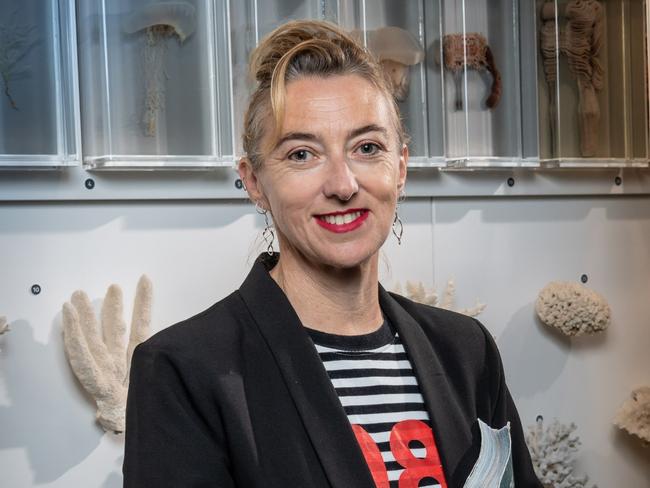
“Zoanthids form in a little mat (and) are quite large, from about a centimetre (or so),” she said.
“They’re cnidaria, which means they have small cells that contain venom.
“Like jellyfish and coral.
“(But) there’s a lot more research that needs to be done.”
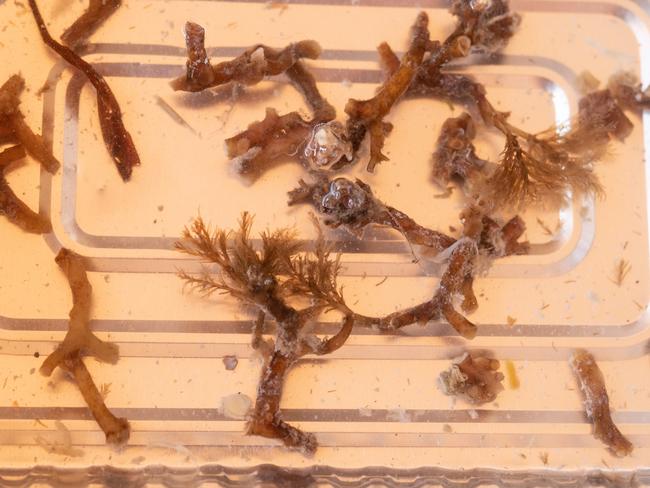
Dr Mitchell said there was no complete list of zoanthids occurring on Australian coasts and couldn’t find much documented about the areas around Mackay either.
With a small number of plant taxonomists researching the topic and the variety of factors that could affect poisonous material on rocky beaches, the true culprit in the deaths of dogs Betty, Jet, Charlie and Poppy may be unknown.
“It is a frontier,” Dr Mitchell said.
“We have a lot of work to do on classifying the invertebrate forms in not just Australia, (but) the whole world.
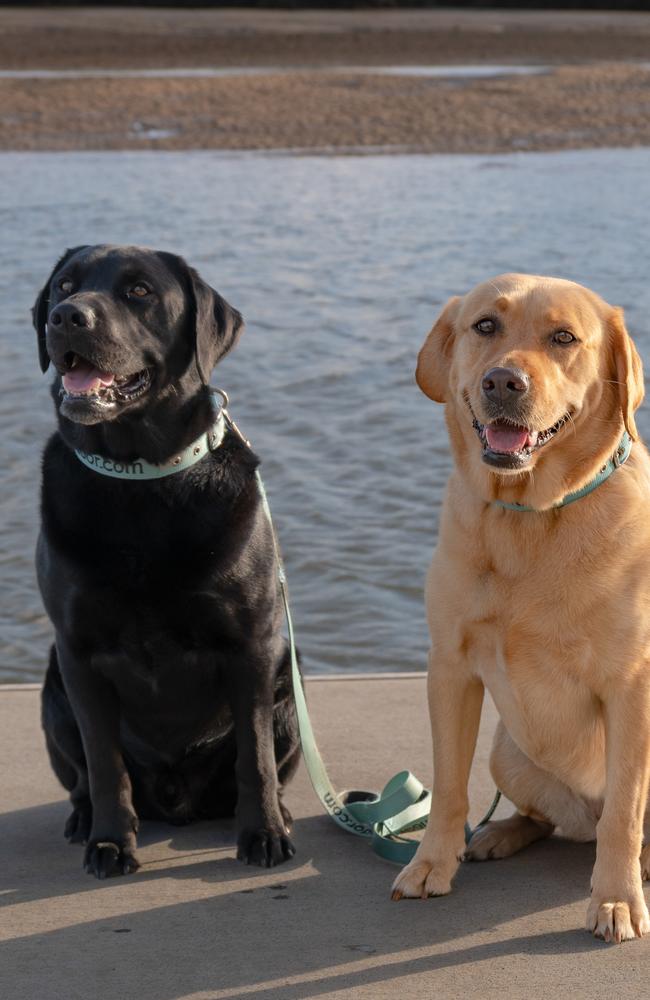
“That’s the thing with mystery.
“(Sometimes) you get more questions than answers.”
While the sample remains, the Terrills say all four dogs have subsequently been cremated without toxicology reports conducted.
With precious little left for analysis, John Terrill said they’d “like to pursue” having the traces of mystery plant looked at.
“The wheels are turning slowly to find the right people to send it to,” he said.
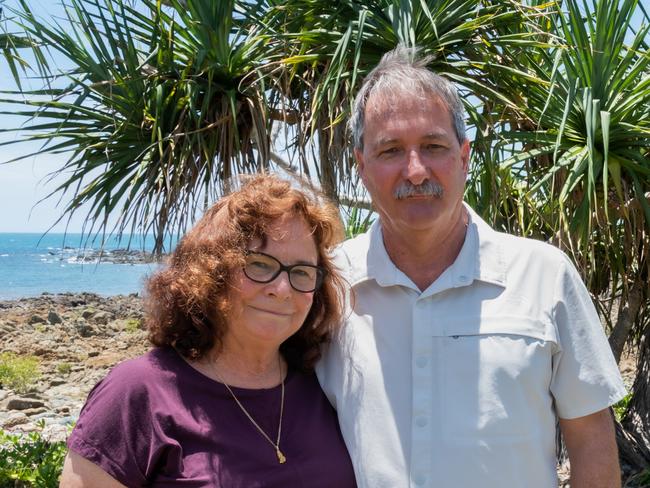
“We may have to be resigned to not knowing what the detail is, but we do know what the situation was.”
The Terrills say owners should make sure dogs never eat unknown beach materials and hope more information can be produced about poisonous marine life washing ashore, to protect people and animals.
“I think at some stage we’ll have to resolve ourselves to just saying don't let dogs eat anything off the beach,” John said.
“If they do, get them to the vet and get their stomachs emptied.”
Dr Mitchell concurred for dog lovers to “make sure your dog isn’t eating anything on the beach”.
‘Devastating’: Toxic ‘seaweed’ kills four dogs on Qld beach
Among the seaweed and sand on a North Queensland beach may lurk a killer.
First Janice and John Terrill’s labradors Betty and Jet both died from what seemed like a Taipan bite on September 4.
Still grieving, they saw two more labradors, Charlie and Poppy, needed a home and adopted them, but just weeks later those dogs also suffered symptoms of poisoning and passed away on Sunday.
Now, the Terrills believe their four beloved labradors tragically died after eating what they believe to be a fatally toxic soft coral on the rocks north of Grasstree Beach.
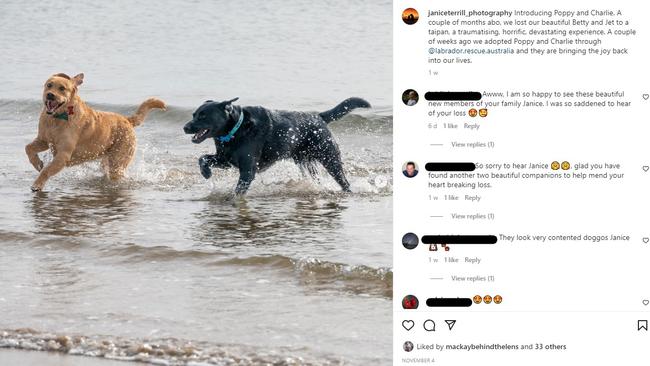
“How do you go through that twice?”, Mrs Terrill said.
“We only had (Charlie and Poppy) for four and a half weeks.
“To lose four young healthy happy dogs … (it’s) horrible, horrendous, traumatising, devastating.
“They loved it down here.”
Vomiting, foaming at the mouth, defecating, and struggling to breathe indicated poisoning to the vet, but it took the dogs’ successive deaths for people to look closer.
The Terrills had not noticed any snakes near Betty and Jet and were extra vigilant with Charlie and Poppy, despite the dogs having “identical symptoms”.
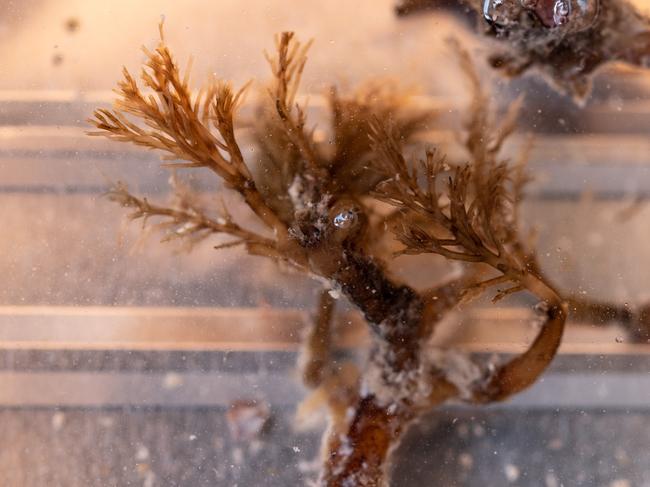
“We took (Charlie) straight in (to the vet) but he died before we got there.
“We suspect (Poppy) ate (Charlie’s) vomit rather than ingesting the poison herself on the beach.
“She didn’t make it either.
“The symptoms were exactly the same as what Betty and Jet had gone through.”
Following the deaths, traces of a seaweed-like material, which a commercial coral harvester identified as a zoanthid coral containing palytoxin, were discovered
“There is no antidote for palytoxin”, Ms Terrill said.
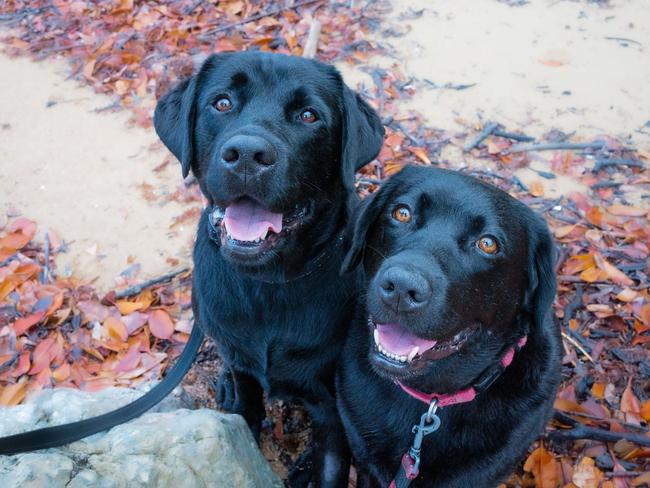
“We worked out the only thing in common between the two lots of dogs was that they had been on that stony beach before they started vomiting.”
Zoanthid corals are often used for home aquariums, but strangely little information is available about poison dangers on the wild Australian coasts.
Ms Terrill posted on the Hay Point Community Noticeboard warning “we don’t want anyone else to go through this horror”.
“We had noticed Charlie eat something off the beach – as Labradors do,” she said
A follow up comment by John Terrill noted the soft coral was “obviously very appealing to our pup because he gulped it down as soon as he was told to drop it”.
The post has hundreds of reactions, more than a thousand shares and numerous comments sending well wishes to the couple.
“Raising awareness is good”, she said.
“It’s been a horrible experience and if we can do something positive with it, it helps us move on and it helps other people.”



